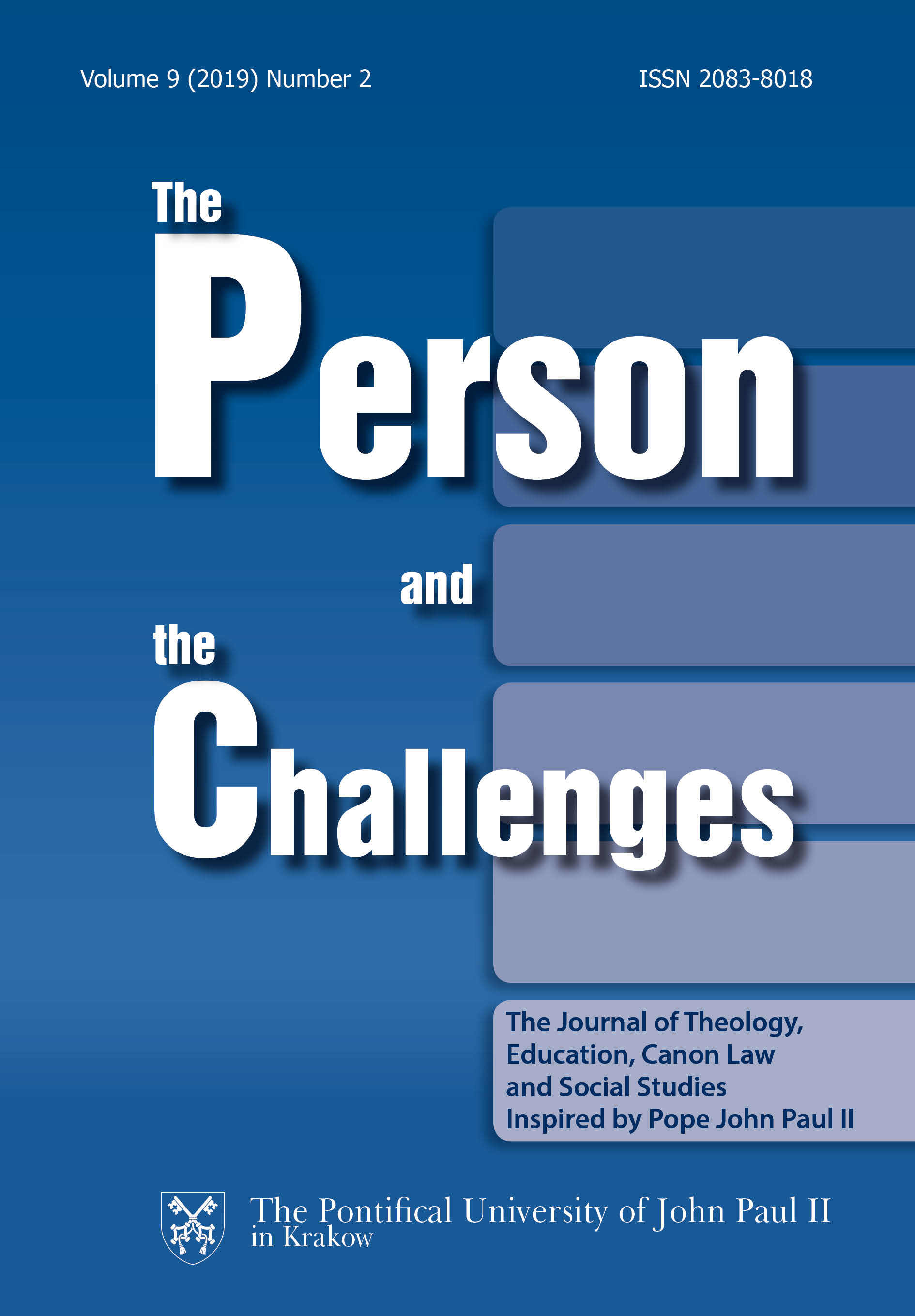Stalinization, de-Stalinization, and re-Stalinization. 1953 behind the “Iron Curtain”
DOI:
https://doi.org/10.15633/pch.3448Słowa kluczowe:
Stalinism, newcourse, de-Stalinization, re-StalinizationAbstrakt
The aim of the article is to present the changesthattook place after the death of Joseph Stalin in 1953 in the Soviet Union and in somecountriesincluded in its “externalempire”. The “Iron Curtain”, which divided the worldintotwoparts, began to shiftafter the Generalissimo’sdeath and revealed differences in the approach of individualcountries to the „newcourse” announced by Stalin’ssuccessors.
In somecountries, the death of the Kremlindictatorbeganchanges in the policy of the time, in others the methodscharacteristic of Stalinismwerecontinued, whichmeant the activity of anall-powerfulapparatus of repressionseeking real and imagined “enemies”, the central authority of unlimitedpower with mass terror and striving for totalcontrol of citizens and allmanifestations of social life. The textpresents the most importantelements of the policy of the Communistparties in the Soviet Union, GDR, Hungary, Czechoslovakia, Romania and Bulgaria in 1953 whichwereconsistent with the process of re-Stalinization, characterized by similarity to governmentsduring the dictator’s life and de-Stalinization, thatis, the reversals of methods and toolsknown in the Stalinism period.
Bibliografia
ApplebaumA., Gułag, translated by Jakub Urbański, Warsaw 2018, Wydawnictwo Agora.
Applebaum A., Za żelazną kurtyną. Ujarzmienie Europy Wschodniej 1944–1956,translated by Barbara Gadomska, Warszawa 2018, Wydawnictwo Agora.
Bazylow L., Wieczorkiewicz Paweł, Historia Rosji, Wrocław 2010, Zakład Narodowy im. Ossolińskich.
Besier G., Stokłosa Katarzyna, Europa dyktatur, translated by Joanna Hashold, Warszawa 2009, PWN.
Czarna księga komunizmu. Zbrodnie, terror, prześladowania, ed.S. Courtois et al., Warszawa 1999, Prószyński i S-ka.
Czekiści. organy bezpieczeństwa w europejskich krajach bloku sowieckiego 1944–1989, ed.K. Persak, Ł. Kamiński, Warszawa 2010, Instytut Pamięci Narodowej.
Holzer J., Europa zimnej wojny, Kraków 2012, Wydawnictwo Znak.
Jelavich B., Historia Bałkanów, t. II: wiek XX, translated by Marek Chojnacki, Justyn Hunia, Kraków 2005, Wydawnictwo Uniwersytetu Jagiellońskiego.
Malenkow G.M., Przemówienie na V Sesji Rady Najwyższej ZSRR 8 sierpnia 1953 r., Warszawa 1953, Książka i Wiedza.
Najnowsza historia świata, t. I: 1945–1963, ed. A. Patek, J. Rydel, J.J. Węc, Kraków 1997.
Pichoja R., Historia władzy w Związku Radzieckim 1945–1991, translated by Michał Głuszkowski, Piotr Zemszał, Warszawa 2011, Wydawnictwo Naukowe PWN.
Represje wobec duchowieństwa Kościołów chrześcijańskich w okresie stalinowskim w krajach byłego bloku wschodniego, ed.J. Myszor, A. Dziurok, Katowice 2004, Wydział Teologiczny Uniwersytetu Śląskiego, Instytut Pamięci Narodowej.
RomsicsI., Historia Węgier, translated by Agnieszka Barszczewska, Szymon Brzeziński, Maciej Sagata, Poznań 2018, Media Rodzina.
Service R., Towarzysze. Komunizm od początku do upadku. Historia zbrodniczej ideologii, translated by Hanna Szczerkowska, Kraków 2008, Wydawnictwo Znak.
Tarasiński J., Komuniści wobec Kościołów w Niemieckiej Republice Demokratycznej w latach 1949–1978, Toruń 2013, The European Education Centre.
Vladimir T., Stalinizm na każdą okazję. Polityczna historia rumuńskiego komunizmu, translated by Piotr Nowakowski, Kraków 2010, Universitas.
ThomF., Beria. Oprawca bez skazy, translated by Krystyna Antkowiak, Warszawa 2016, Prószyński i S-ka.
Pobrania
Opublikowane
Numer
Dział
Licencja
Prawa autorskie (c) 2019 Rafał Opulski

Utwór dostępny jest na licencji Creative Commons Uznanie autorstwa 4.0 Międzynarodowe.
Autorzy publikujący w czasopiśmie udzielają jego wydawcy zgody o następującej treści:
- Autor zachowuje autorskie prawa majątkowe do utworu, a jednocześnie udziela wydawcy czasopisma zgody na jego pierwszą publikację w wersji drukowanej i wersji online na licencji Creative Commons Uznanie autorstwa 4.0 Międzynarodowe oraz zgody na wykonywanie opracowań, w tym przekładów.
- Autor ma możliwość udzielania zgody niewyłącznej na opublikowanie utworu w wersji, która ukazała się w czasopiśmie (np. zamieszczenia go w repozytorium instytucjonalnym lub opublikowania w książce), wraz z informacją o jego pierwszej publikacji w czasopiśmie.
- Autor może umieścić swój utwór online (np. w repozytorium instytucjonalnym lub na swojej stronie internetowej) jeszcze przed zgłoszeniem utworu do czasopisma.

